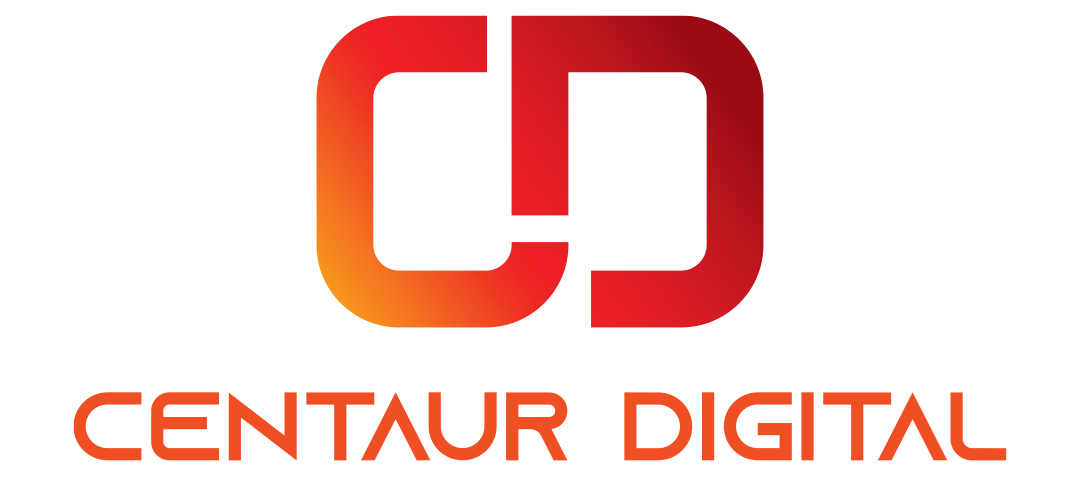When I purchased my first large business asset, a semi truck to be used in my family’s trucking business, I got a great deal of 30% down and 30% interest, and full repo if 14 days late. Talk about being taken to the cleaners, but I was just happy to find financing.
Fresh out of college with a finance degree, I made the numbers work—but reality struck back and although I didn’t lose money, I didn’t make nearly enough. I learned two important lessons from this: we don’t live in theory and being able to afford the payments doesn’t necessarily make it a worthwhile investment.
Financing and monthly payments are a useful way for small businesses to expand beyond their current means. In itself this is a great thing. Getting a mortgage to buy a small office, for example, also ends up being an effective way to save and build assets.
But it’s a slippery slope, with many businesses unable to properly maintain assets or generate enough funds to replace assets when needed. It can also force you into a never-ending stream of loan payments. You can use financing to grow your business but first ensure your underlying investment is sound.
Managing a business means accelerating your financial knowledge to make better decisions. Thankfully this process does not require a finance degree or even complex formulas and calculations. It does, however, take a change in perspective and mindset.
When evaluating a business purchase, monthly payments are irrelevant and financing in general should be a very small factor in your decision. Here are five simple steps to evaluate business asset purchases:
• Determine total cost of purchasing. Add all the costs needed to get the asset in operation. For leasing or renting, multiply the monthly payment by the length of the contract.
• Evaluate operating and maintenance costs. For a quick calculation, ignore inflation or cash flow discounting. Just estimate costs. Do a web search and determine the industry average: for example, search “Average single-family home repair and maintenance costs.” This ensures your numbers are not outrageous. If you plan to finance, add the estimated interest payment.
• Consider what you can earn elsewhere. When you invest in your business you can just as easily invest in something else. The simplest rate to use is the average rate of the stock market, or 9%. And remember to compound your earnings.
• Calculate resale price. Rental agreements won’t have a residual value, but other assets will. Start by looking at used assets. For example, if you plan to sell your car in five years, look at five-year-old cars today. If unsure, just use a zero residual value to be conservative.
• Estimated your income. Large purchases must produce income. Try to stay away from nonrevenue-producing assets when possible. If it doesn’t produce revenue it has to save you money—like a new office that will allow better team cohesion. However, often those “savings” are unrealistic. You need to spend money to make money, but if no income is generated you are just spending without earning.
Once you have these five numbers the formula is easy: take the money coming in and subtract the money going out. This is your net amount, which should at least be positive.
Next, subtract how much you can earn elsewhere. This comparison will tell you not only if the asset will make you money but if it’ll be worth it. The complex version of this formula is the Net Present Value.
This formula is a basic version of how to analyze cash flow for an investment. Finance-minded people can take this further, but small businesses don’t have strong forecasting models so simple is better. For small purchases you need a quick way to determine feasibility, not a ten-page report. And for larger purchases and in businesses where asset acquisition is routine, standardize and automate the capital acquisition process to ensure accuracy and timeliness.
This article originally appeared on Forbes
